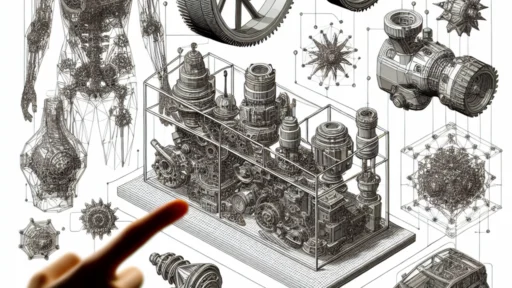Exploring the Different Finishing Techniques for 3D Prints
If you’ve just embarked on your journey into the world of 3D printing, you’re likely thrilled with the potential of creating everything from intricate models to functional prototypes. One crucial part of the process, however, often overlooked until that first print comes off the bed, is finishing. The right finishing technique can take your 3D print from a rough draft to a polished masterpiece that you’d be proud to display. Today, let’s dive into the various finishing techniques that can elevate your prints.
1. Cleaning Up Your Print
Before you embark on any finishing techniques, it’s essential to start with a clean slate—quite literally. Once your print is complete, the first step is to remove any support structures, if applicable. Tools like hobby knives and pliers work wonders for this, but be careful not to damage the print itself.
Next, washing your print can significantly improve the final appearance. A mixture of water and soap can help remove any residual oils or dust. For some resin prints, using isopropyl alcohol is recommended to get rid of the sticky residue.
2. Sanding
One of the simplest yet most effective finishing techniques is sanding. This method is particularly useful for prints made from materials like PLA or ABS, which can have visible layer lines. Start with a coarse grit sandpaper (around 100-200 grit) to tackle the larger imperfections and gradually move to finer grits (up to 1200 or higher) for a smoother finish.
While sanding can create a lovely surface, it can be time-consuming and requires a bit of patience. Remember to wear a mask and goggles, especially if you’re sanding in an enclosed space—the dust can be unpleasant to breathe in!
3. Filling
If your print has substantial imperfections, you might want to consider using a filler. There are several types of filler options available, including spray-on primers or specialized putty. The idea is to apply the filler to any grooves or holes, letting it dry, and then sanding it down to align with the print’s surface.
Using a colored filler can also help eliminate the need for extensive painting later on. Just make sure the filler you’re using is compatible with your print material.
4. Painting
Now, let’s talk about adding a splash (or several splashes) of color! Painting your 3D print can take it from plain to eye-catching. The key is to use the right kind of paint; acrylics are favored as they adhere well to most plastic materials.
Before you start painting, consider applying a primer to help the paint stick better and to create a more uniform base. Once the primer is dry, you can get creative! Use spray paint for larger areas and smaller brushes for detailed work. Don’t forget to finish with a clear coat to protect your masterpiece and give it an extra shine.
5. Smoothing
For those looking for that ultra-sleek finish, smoothing is an option worth exploring. This is especially relevant for prints made with ABS, which can be smoothed using acetone vapor. In a ventilated area, carefully expose your print to the vapor—just a few seconds can work wonders. However, this technique requires practice to avoid overexposure that can lead to melting your print.
For other materials, such as PLA or PETG, there are commercial smoothing solutions available that can help achieve that enviable glossy surface.
6. Dying
Dying is a less common finishing technique but offers unique possibilities. For example, some prints can be submerged in a dye solution to achieve vibrant colors throughout the material. This technique works particularly well with nylon prints. However, it’s worth noting that not all materials can absorb dye, so research is vital to avoid disappointment.
7. Finishing Touches
The devil is in the details! Once you’ve gone through the primary finishing techniques, consider adding final touches that can really make your print shine. These can include adding decals, applying weathering techniques for realism, or integrating LEDs for functionality.
As you explore these different finishing techniques for your 3D prints, remember that practice makes perfect. Each print teaches a new lesson, and as you experiment, you’ll discover your preferences and what works best for your projects. The world of 3D printing is vast, and with a little creativity and effort, your creations can go from ordinary to extraordinary in no time. So, grab that tool kit and get ready to transform your prints!






